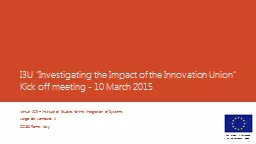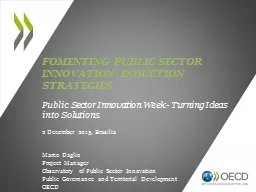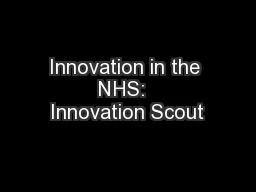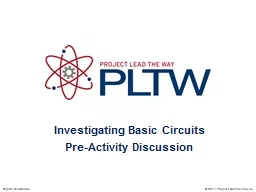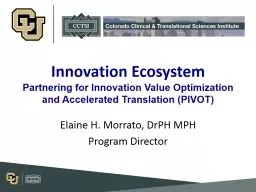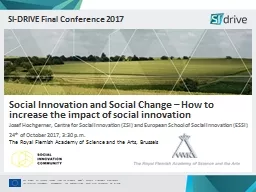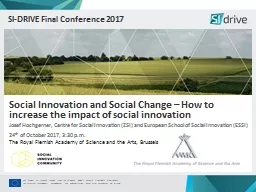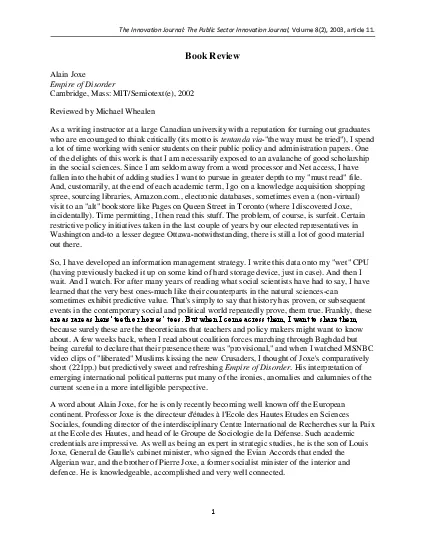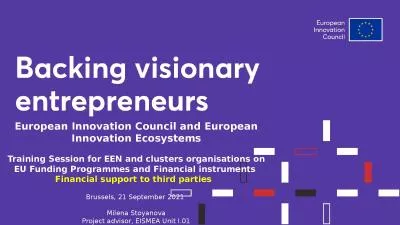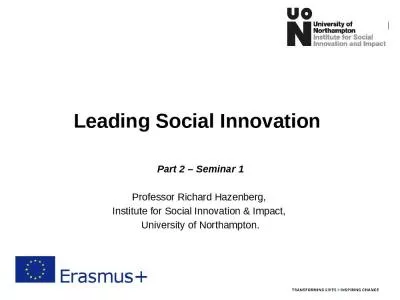PPT-I3U “Investigating the Impact of the Innovation
Author : medmacr | Published Date : 2020-08-28
Union Kick off meeting 10 March 2015 Venue ISIS Institute of Studies for the Integration of Systems Largo dei Lombardi 4 00186 Rome Italy This project is cofunded
Presentation Embed Code
Download Presentation
Download Presentation The PPT/PDF document "I3U “Investigating the Impact of the ..." is the property of its rightful owner. Permission is granted to download and print the materials on this website for personal, non-commercial use only, and to display it on your personal computer provided you do not modify the materials and that you retain all copyright notices contained in the materials. By downloading content from our website, you accept the terms of this agreement.
I3U “Investigating the Impact of the Innovation: Transcript
Download Rules Of Document
"I3U “Investigating the Impact of the Innovation"The content belongs to its owner. You may download and print it for personal use, without modification, and keep all copyright notices. By downloading, you agree to these terms.
Related Documents

